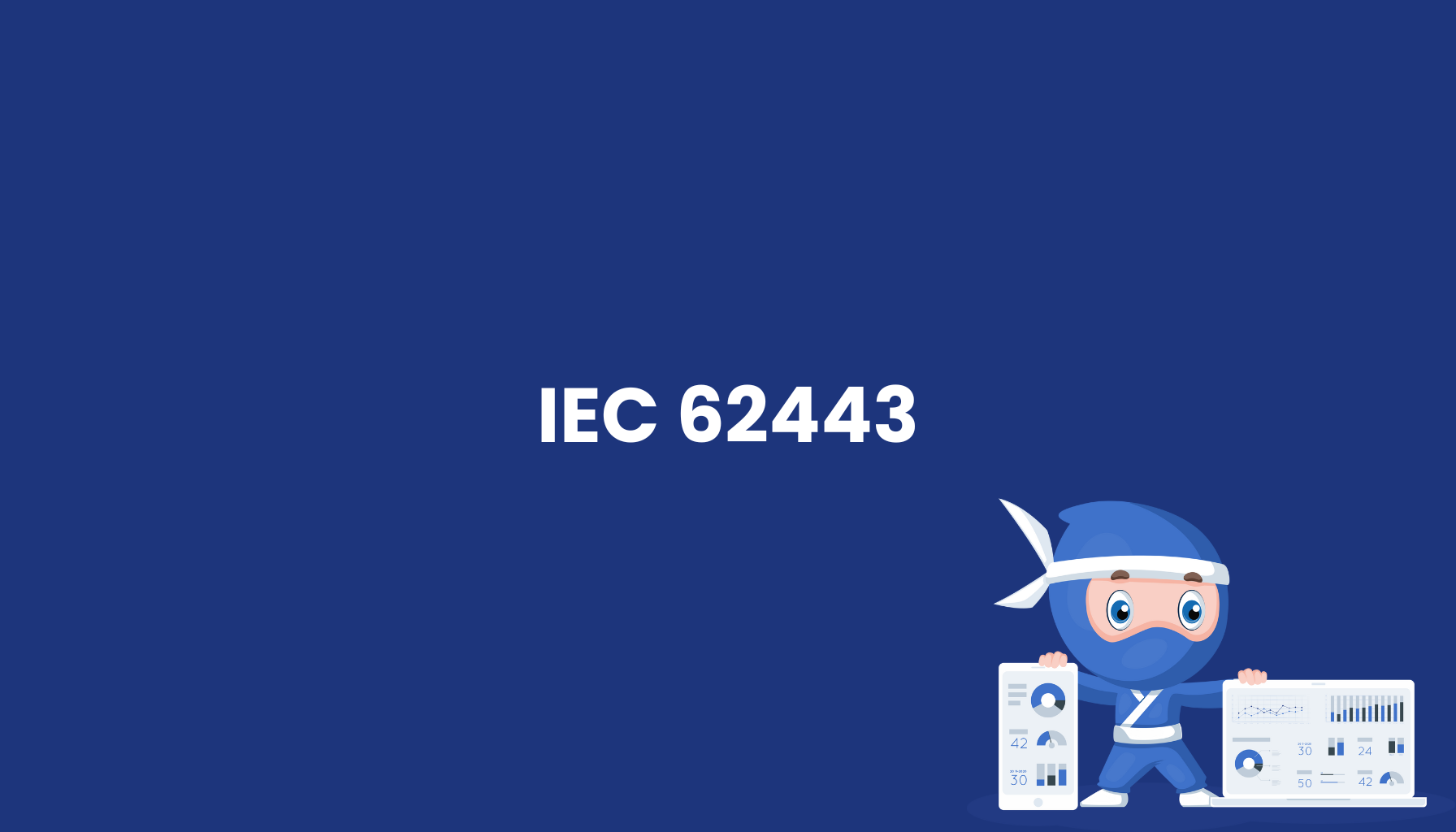IEC 62443

Definition
IEC 62443 is a comprehensive series of international standards for cybersecurity in Industrial Automation and Control Systems (IACS). These standards define systematic approaches to protect critical infrastructure from cyber threats through defense-in-depth strategies, risk management, and security lifecycle processes.
Standard Series and Structure
IEC 62443 is organized into four main categories: General (62443-1), Policies & Procedures (62443-2), System (62443-3), and Component (62443-4). Each standard addresses specific aspects of industrial cybersecurity.
Security Levels (SL 1-4) define protection requirements against different attacker profiles from opportunistic hackers to nation-state actors. Zone and Conduit Model segments industrial networks for systematic risk assessment.
Risk-based approach connects business impact with technical security measures. Consequence-driven cyber-informed engineering prioritizes critical assets and processes.
Core Components and Architecture
Fundamental Security Requirements (FSR): Seven basic requirements include Identification & Authentication, Use Control, System Integrity, Data Confidentiality, Restricted Data Flow, Timely Response to Events, and Resource Availability.
Defense in Depth: Multiple security layers from physical security through network segmentation to application security. Redundant security measures compensate for individual vulnerabilities.
Security Lifecycle: Systematic process from risk assessment through design and implementation to monitoring and maintenance of industrial cybersecurity systems.
Industrial Plant Benefits
- Operational Security: Protection from cyber attacks that could damage production facilities or create safety risks
- Business Continuity: Prevention of costly production downtime from malware, ransomware, or other cyber threats
- Compliance: Meeting regulatory requirements for critical infrastructure in energy, water, and transportation
- Competitive Advantage: Trustworthy, secure systems as differentiation feature for customers
- Risk Management: Structured identification and treatment of cyber risks in OT environments
Applications
Energy Supply: Smart grid infrastructures, power plant controls, and transmission networks implement IEC 62443 for protection against cyber attacks on critical energy supply. NERC CIP compliance is supported through 62443 conformity.
Manufacturing Industry: Manufacturing Execution Systems, robotic production lines, and process control systems use segmented network architectures with industrial DMZ and encrypted communication.
Chemical and Petrochemical: Safety Instrumented Systems (SIS) and Distributed Control Systems require highest cybersecurity levels to protect against catastrophic events from cyber attacks.
Water Management: SCADA systems for water treatment and distribution implement IEC 62443 to protect public health and environment from cyber threats.
Implementation Methodology
Cyber Risk Assessment: Systematic identification of assets, threats, and vulnerabilities in IACS environments. Consequence-based methodology prioritizes critical systems by business impact.
Security Architecture: Design of secure network architectures with zones, conduits, and security controls. Reference architecture models provide proven patterns for various industries.
Security Policies: Development of specific cybersecurity guidelines for industrial environments. Incident response plans address OT-specific requirements.
Technical Security Measures
Network Segmentation: Microsegmentation and VLAN isolation of critical control systems. Industrial firewalls with deep packet inspection for OT protocols.
Identity and Access Management: Multi-factor authentication, role-based access control, and privileged access management for industrial systems. Certificate management for machine-to-machine authentication.
Monitoring and Detection: Security Information and Event Management (SIEM) for OT environments. Anomaly detection identifies unusual communication patterns or system behavior.
Integration with Safety Standards
IEC 62443 harmonizes with safety standards like IEC 61508 (Functional Safety). Security-safety interface ensures cybersecurity measures don't compromise safety functions.
Combined safety and security risk assessment considers interactions between cyber threats and functional safety. Security controls must respect Safety Integrity Levels.
Certification and Assessment
ISA/IEC 62443 Cybersecurity Certificates validate conformity of products and systems. EDSA (Embedded Device Security Assurance) certification for industrial components.
Third-party security assessment by accredited testing laboratories ensures independent validation. Penetration testing and vulnerability assessment in OT environments.
Management and Governance
Cybersecurity Management Systems (CSMS) establish organizational structures for industrial cybersecurity. Security governance integrates OT security into corporate policies.
Supply chain security management addresses cybersecurity risks in complex industrial system supply chains. Vendor risk assessment evaluates third-party components.
Challenges and Trends
Legacy system integration requires special approaches for outdated industrial control systems without native security features. Retrofit security solutions provide protection for brownfield plants.
Cloud integration and remote access create new attack vectors addressed through zero trust architectures.
IEC 62443 evolves into the global standard for industrial cybersecurity that protects critical infrastructure, production facilities, and smart cities from evolving cyber threats.


